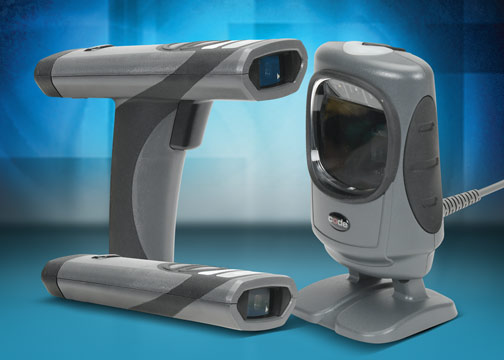Deterministic and stochastic models are widely used in various fields, including machine learning and risk assessment. It is important to understand the differences between these models in order to make informed decisions and predictions. This article will explore the advantages and disadvantages of deterministic and stochastic models, their applications, and their impact on machine learning and risk assessment.
Understanding Deterministic and Stochastic Models
Deterministic models are based on precise inputs and produce the same output for a given set of inputs. These models assume that the future can be predicted with certainty based on the current state. On the other hand, stochastic models incorporate randomness and uncertainty into the modeling process. They consider the probability of different outcomes and provide various possible results.
Pros and Cons of Deterministic Models
Pros:
– Deterministic models establish a transparent cause-and-effect relationship between inputs and outputs, making interpretation easier.
– Deterministic models are computationally efficient and require less processing power than stochastic models.
– These models require less data for accurate predictions, making them suitable for scenarios with limited data availability.
Cons:
– Deterministic models assume that we know and can accurately measure all variables, which may not align with real-world complexities.
– They do not account for uncertainty and randomness inherent in many real-world situations, potentially leading to inaccuracies in predictions.
Pros and Cons of Stochastic Models
Pros:
– Stochastic models consider uncertainty and randomness, making them suitable for scenarios with unpredictable futures.
– They provide a range of possible outcomes, enabling decision-makers to evaluate the likelihood of different scenarios and make informed choices.
Cons:
– Stochastic models require more extensive data and computational resources compared to deterministic models, which may be a constraint in resource-limited situations.
– Due to the probabilistic nature of their outputs, stochastic models can be more complex to interpret, requiring a nuanced understanding of probability and statistical concepts.
Differences Between Deterministic and Stochastic Models
Definition and Concept:
– Deterministic models are based on fixed inputs and produce the same output every time, assuming the future can be precisely determined based on the current state.
– Stochastic models incorporate randomness and uncertainty, considering the probability of different outcomes and providing various possible results.
Use Cases and Applications:
– Deterministic models are commonly used in scenarios with well-defined and predictable inputs and outputs, such as analyzing the behavior of systems with known parameters.
– Stochastic models are used in situations where the future is uncertain and unpredictable, with applications in finance, weather forecasting, and risk assessment.
Assumptions and Predictability:
– Deterministic models assume that all variables are known and accurately measured, relying on precise inputs and producing deterministic outputs.
– Stochastic models consider uncertainty and randomness, incorporating probabilistic inputs and providing a range of possible outputs.
Data Requirements and Availability:
– Deterministic models require less data compared to stochastic models, as they rely on precise inputs that can be trained and validated with a smaller dataset.
– Stochastic models require a larger dataset to capture randomness and variability, relying on statistical techniques to estimate parameters and make predictions.
Deterministic vs Stochastic in Machine Learning:
– Deterministic machine learning algorithms, such as linear regression and decision trees, aim to find a fixed relationship between inputs and outputs, making them interpretable and suitable for predictable data.
– Stochastic machine learning algorithms, such as neural networks and random forests, incorporate randomness and uncertainty, capturing complex patterns and relationships, and performing better in uncertain scenarios.
Performance and Accuracy Comparison:
– The performance and accuracy of deterministic and stochastic models depend on the specific problem and dataset.
– Deterministic models excel in scenarios with a clear cause-and-effect relationship, while stochastic models excel in uncertain and unpredictable situations, providing more accurate predictions when randomness assumptions hold.
Deterministic vs Stochastic in Risk Assessment:
– Deterministic risk assessment analyzes potential risks and their impacts based on fixed inputs and assumptions, providing a deterministic estimate of risks.
– Stochastic risk assessment incorporates randomness and uncertainty, considering the probability of different outcomes and providing a range of possible risks, helping decision-makers understand the likelihood of different scenarios.
Robustness and Uncertainty Analysis:
– Deterministic risk assessment does not account for uncertainty and variability, leading to inaccurate predictions and decisions.
– Stochastic risk assessment incorporates randomness and uncertainty, helping decision-makers understand the robustness of their decisions and assess the impact of uncertainty on outcomes.
Conclusion:
Deterministic and stochastic models offer different approaches to modeling and prediction, with deterministic models providing a clear cause-and-effect relationship between inputs and outputs, and stochastic models considering uncertainty and providing a range of possible outcomes. Understanding the pros and cons of these models is crucial for making informed decisions and predictions in various fields, including machine learning and risk assessment.
Source link






















